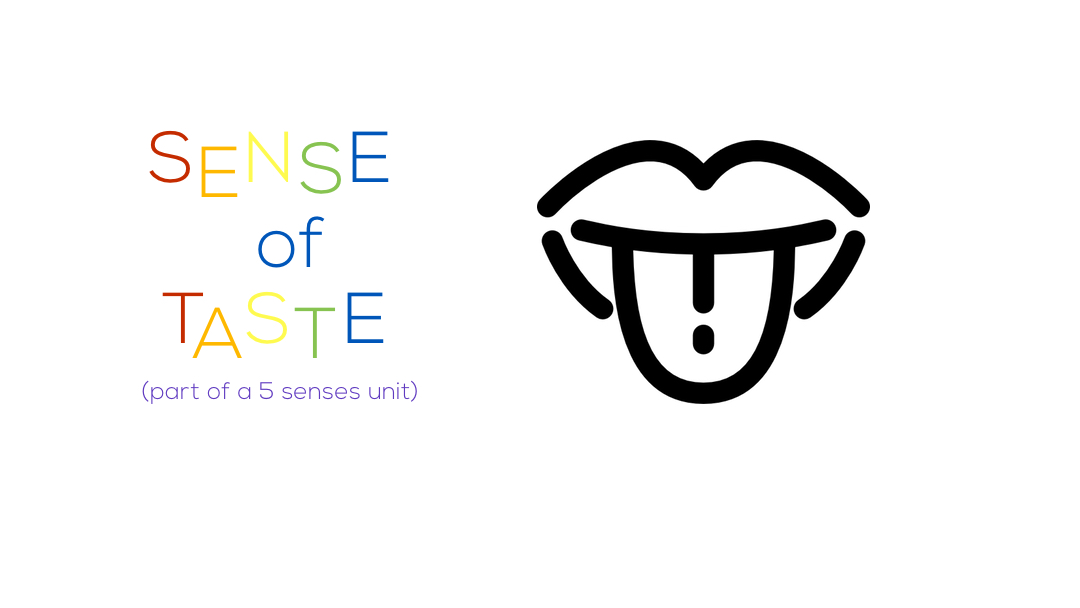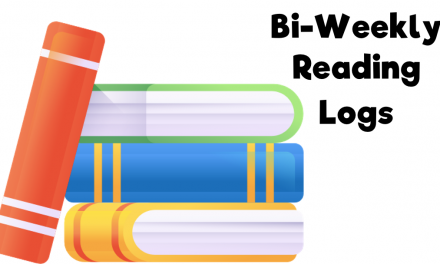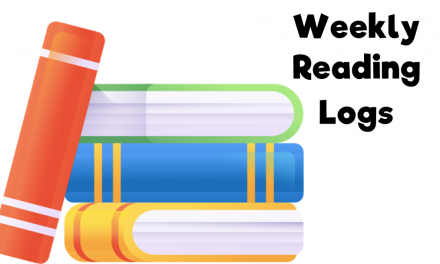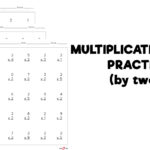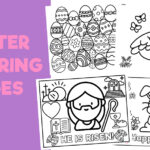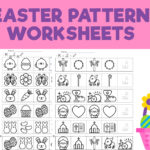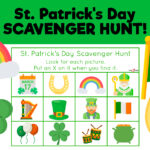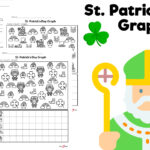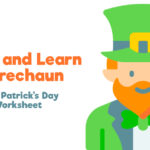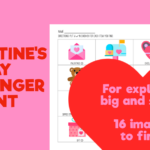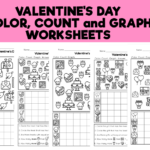Lesson Overview: In this lesson, students will learn how the taste buds, along with saliva, help us to taste the foods we eat. Through self-discovery, students will identify different areas of the tongue and their sensitivity to various flavors.
Recommended Grade Level(s): Pre-Kindergarten, Kindergarten, First, Second
Objective(s): Students will...
- State that the taste buds sense what we are eating.
- State that saliva (or the liquid in our mouths) helps flavors get to our taste buds.
- Investigate how different areas of the tongue are sensitive to different flavors.
Materials:
- Sense of Taste Figure 1
- Sense of Taste Figure 2
- *Based on your needs, have up to 5 stations for students to experiment at. Each station should have the following:
- 1 paper cup with sugar water (label #1),
- 1 paper cup with salt water (label #2),
- 1 paper cup with vinegar water (label #3),
- 1 paper cup with decaf, unsweetened tea (label #4),
- 1 small box, trash bag or trash can,
- paper towels
- 1 cup per child with water (with names on them)
- 1 box of toothpicks
- Mapping My Tongue Worksheet (1 per student)
Anticipatory Set:
Begin the lesson by having students pair up with their "Science Buddy". State the objective. Tell students to stick out their tongue so their partner can look at it. Have students notice the pinkish bumps on the tongue. Explain to students that those are taste buds and the water in our mouths is called saliva. Saliva helps all the different flavors in our food get to our taste buds. The taste buds sense all of the different flavors from the foods we eat. The message is then sent to our brain where we recognize what we are eating.
Guided Practice:
Ask students if they can name some flavors. Provide an example to get them thinking (salty, sweet, bitter, sour). Show students figure 1 and discuss the different kinds of flavors we experience. Tell students that different taste buds on the tongue are more sensitive to certain flavors. Show figure 2 to demonstrate where most people experience the different flavors.
Independent Practice:
Tell students that they are going to explore their sense of taste. Each pair of students will go to a station where they will take turns tasting different flavors-sweet, salty, sour, and bitter. As students explore each station, they are to fill out the "Mapping My Tongue" worksheet by placing as "X" in the area of the tongue they sense each flavor the most. Demonstrate to students how to dip the toothpick in the cup, touch it to the tongue and then throw it away before dipping again. Students may use their cups of water to clean their palates before moving to a new flavor.
Closure:
Bring students together and discuss the results of their findings. Revisit figure 2 and compare the students' answers. Were different taste buds/areas of the tongue sensitive to certain flavors? How did the flavors get to those areas? Ask students to share some things they learned throughout the lesson.
Assessment:
Students will be assessed according to their ability to...
- State that the taste buds sense what we are eating.
- State that saliva (or the liquid in our mouths) helps flavors get to our taste buds.
- Investigate how different areas of the tongue are sensitive to different flavors.

